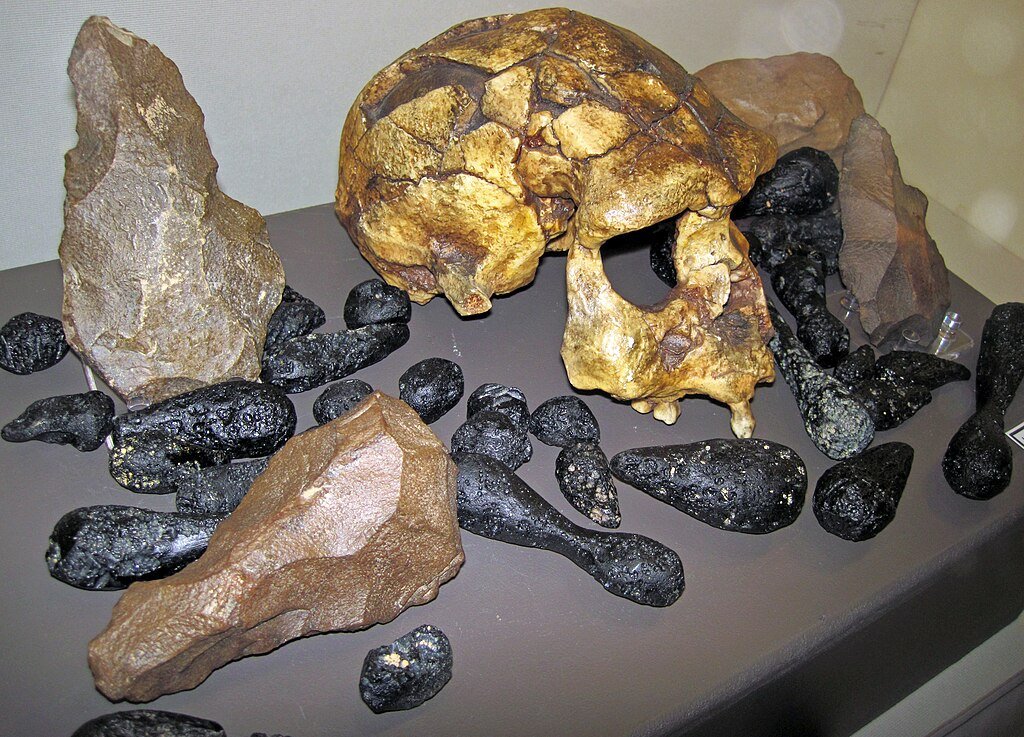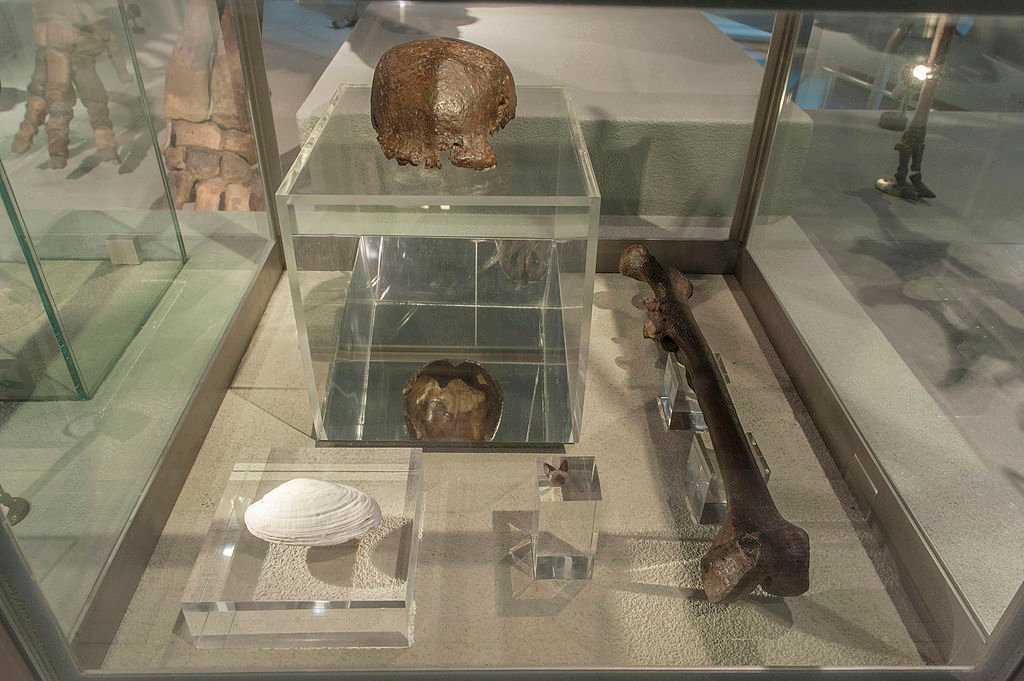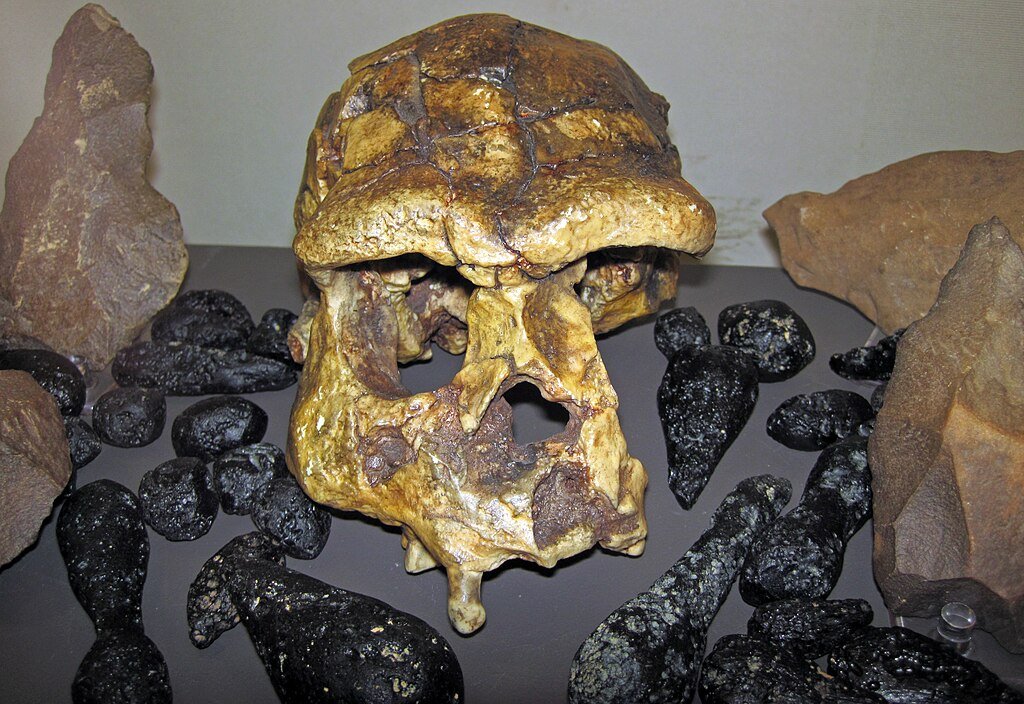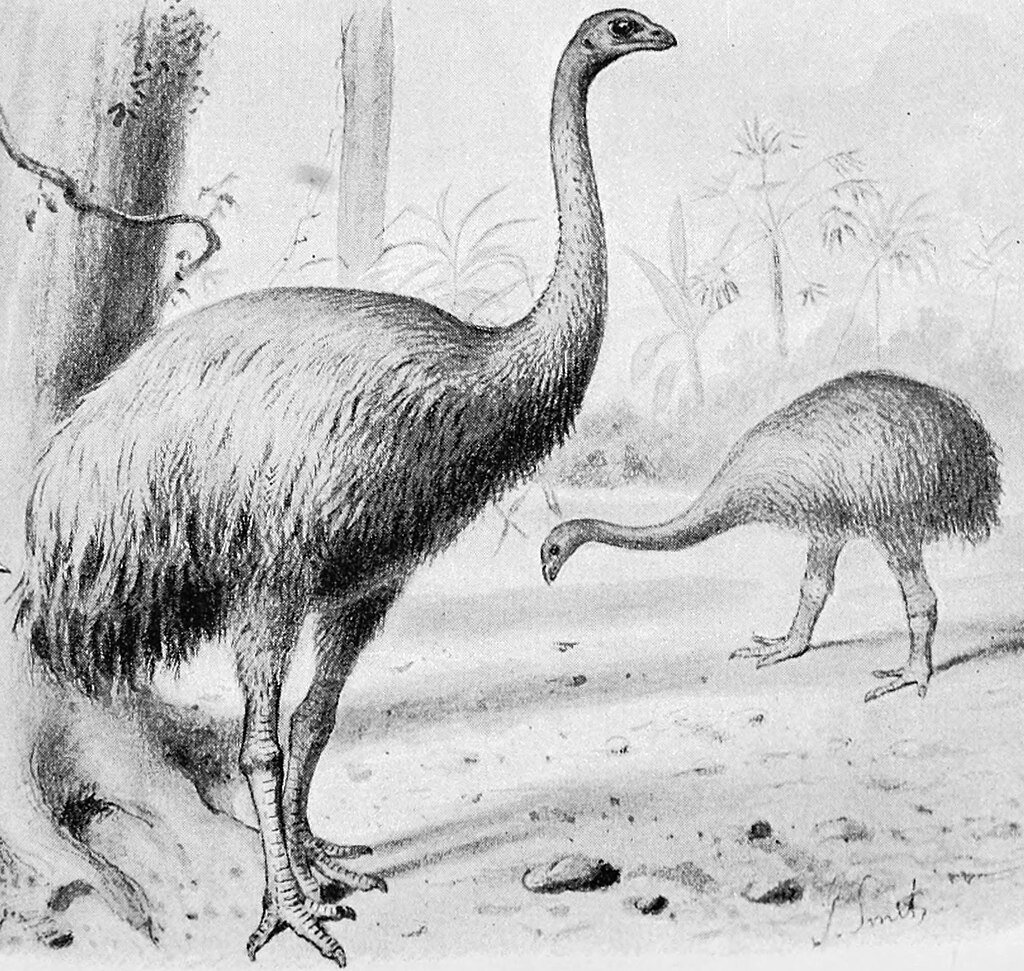In a discovery that reshapes our understanding of early human migration in Southeast Asia, scientists have recovered the first hominin fossils from the now-submerged lowlands of ancient Sundaland. Published in Quaternary Environments and Humans, the study reveals that Homo erectus and other archaic humans once inhabited this vast landmass—now hidden beneath the Java Sea—during the Middle Pleistocene.
A Fossil Find Beneath the Sea

The fossils were uncovered during a marine sand dredging operation in the Madura Strait, off the coast of Java, Indonesia. The project, aimed at constructing an artificial cargo island, yielded over 6,700 vertebrate fossils. Among them were two hominin specimens, dubbed Madura Strait 1 (MS1) and Madura Strait 2 (MS2). MS1 closely resembles Homo erectus fossils from Java and is estimated to be between 140,000 and 92,000 years old.
Geological Context and Dating
The fossils were embedded in fluvial sandstone deposits associated with Marine Isotope Stage 6 (MIS6), a glacial period marked by low sea levels. This allowed Sundaland—a land bridge connecting mainland Asia to the Indonesian archipelago—to emerge as a vast savannah-like plain. Optically stimulated luminescence (OSL) dating of the sediments places the fossils between 163,000 and 119,000 years ago.
Implications for Human Evolution
This is the first time hominin remains have been found in the submerged portions of Sundaland, offering direct evidence that Homo erectus populations extended beyond Java into the broader lowland plains. The discovery challenges previous assumptions that early humans in the region were geographically isolated. It also suggests that these populations may have interacted with other archaic hominins across Southeast Asia, potentially exchanging cultural or genetic traits.
A Glimpse Into a Lost Ecosystem
The fossil assemblage includes remains of elephants, crocodiles, Komodo dragons, and even river sharks—painting a picture of a rich and diverse ecosystem. Cut marks on turtle bones and broken bovid remains suggest that Homo erectus engaged in hunting and marrow extraction, behaviors that may have been learned through contact with mainland populations.
Conclusion

The submerged valleys of Sundaland are revealing a hidden chapter in human history. As sea levels rose and drowned these ancient landscapes, they preserved a fossil record that is only now coming to light. The Madura Strait fossils not only expand the known range of Homo erectus but also underscore the importance of underwater archaeology in tracing our evolutionary past.
Source:





